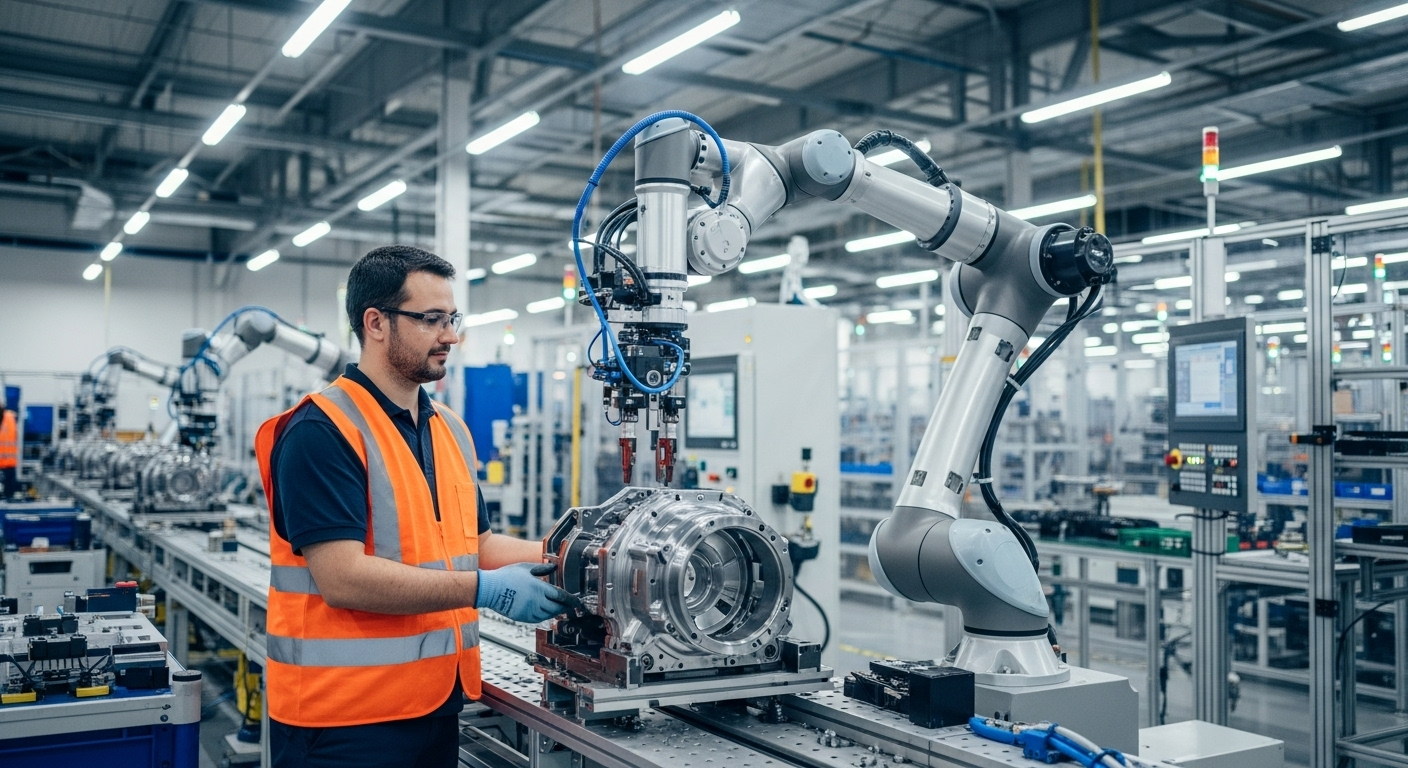Factory Jobs: Roles, Skills, and Work Conditions Worldwide
Factory jobs form the backbone of many economies by turning raw materials into finished goods. These positions range from entry-level production roles to skilled maintenance, supervision, and quality control. Whether in large plants or small workshops, factory work emphasizes consistency, safety, and teamwork, and often involves shift schedules, procedures, and measurable performance targets that support overall business operations and supply chains.

What roles exist in factory settings?
Common roles in a factory include production operators, assemblers, machine operators, quality inspectors, maintenance technicians, and supervisors. Production-focused positions typically perform repetitive tasks on assembly lines or operate equipment, while technical roles handle troubleshooting and upkeep. Support functions such as logistics, inventory control, and health and safety also play key roles. Many factories use clear job descriptions and training programs to help workers progress from entry-level roles into skilled positions.
Most factories now blend human roles with automated systems. Workers in packing, inspection, or machine tending often collaborate with robotic arms, conveyors, and computerized control systems. Cross-training can increase a worker’s value and flexibility; for example, an operator who knows basic mechanical adjustments and quality checks can help reduce downtime and maintain steady output. Emphasis on continuous improvement practices, such as lean methods, also affects daily responsibilities and problem-solving expectations.
How does modern manufacturing operate?
Manufacturing integrates processes like machining, assembly, testing, and finishing into a coordinated workflow. Plants often organize work into production cells or lines that follow a product’s transformation from component to finished item. Key aspects include process standardization, throughput monitoring, and quality control checkpoints to minimize defects. Many manufacturers increasingly adopt data collection and process control systems to measure cycle times, yield rates, and equipment efficiency for ongoing optimization.
Supply chain interactions and production planning are also fundamental. Factories receive materials based on demand forecasts or just-in-time schedules and aim to balance inventory levels while meeting delivery windows. Collaboration with suppliers, logistics providers, and internal planning teams affects how production is sequenced. This coordination helps manage seasonal demand, product variations, or shifts between product models while preserving safety and consistency on the shop floor.
What should a factory worker expect on shift?
A typical factory shift includes pre-shift briefings, equipment checks, assigned tasks, and handover procedures at shift end. Workers may follow written work instructions, use checklists for quality verification, and report issues through formal channels. Safety protocols — lockout/tagout, personal protective equipment, and emergency procedures — are routine. Depending on the facility, workers may stand for extended periods, operate controls, or perform manual handling, so ergonomics and paced work are common considerations.
Shift lengths vary (e.g., 8-, 10-, or 12-hour patterns) and may include rotating schedules or night work. Performance metrics like units produced, defect rates, and uptime can be part of daily reviews. Training is often provided for new equipment or processes, and many plants encourage suggestions for workflow improvements. Workers should expect regular safety training, possible certification for certain machines, and periodic performance evaluations tied to quality and productivity standards.
How are production lines organized?
Production lines are designed to balance speed, quality, and flexibility. Layouts can be linear for sequential assembly, cellular for modular production, or batch-oriented for smaller runs. Line balancing assigns tasks to stations so each has approximately the same workload, reducing bottlenecks. Quality gates and in-process inspections are placed at strategic points to catch defects early, which lowers rework and scrap costs while keeping overall production stable.
Process documentation, visual management tools, and standard work instructions support consistent output. Continuous improvement activities such as Kaizen events or root-cause analysis help refine takt time and reduce waste. Maintenance routines, including preventive and predictive maintenance, are essential to preserve equipment reliability and ensure steady production. Clear communication between operators, maintenance, and supervisors is crucial to quickly address issues that could halt the line.
What is working in Japan’s factories like?
Factories in Japan are often noted for disciplined processes, attention to detail, and emphasis on continuous improvement methods like Kaizen. Workplaces may prioritize precision, punctuality, and group coherence, with structured routines for problem-solving and incremental improvement. Many Japanese manufacturers place a high value on quality control, employee training, and standardized procedures, which can lead to stable production environments and well-documented workflows.
Foreign workers considering factory employment in Japan should be aware of language and cultural expectations, such as clear communication, hierarchical relationships, and group-oriented decision-making. Legal requirements, visa rules, and labor standards vary, so checking local services or official guidance is important. Work practices can differ by region, company size, and industry sector, so prospective workers should review specific employer policies and workplace conditions before accepting positions.
Conclusion
Factory jobs encompass a wide range of roles and responsibilities tied to production, quality, maintenance, and logistics. Modern manufacturing increasingly blends human skills with automation, emphasizing safety, standard work, and continuous improvement. Working conditions, schedules, and career pathways vary by industry and location, so workers benefit from targeted training, clear procedural knowledge, and awareness of local employment practices.






